Sunjonggwan of the Royal Room / 왕의지밀 순종관
13.2Km 2025-08-13
5218-6, Chunhyang-ro, Wansan-gu, Jeonju-si, Région Jeonbuk
+82-63-284-1004
This hanok (traditional Korean house) hotel is located near Jeonju Hanok Village. The hotel complex stands on a plot of land spanning 19,840 m2, containing 11 residential buildings and other facilities. Modern hanok buildings are built on a line, blending with the surrounding nature to offer a comfortable stay. The name of the hotel is evident in the 11 residential buildings, all named after the kings of the Joseon Dynasty.
Sunjonggwan has six rooms in total. The rooms are divided into Gold and Silver Rooms, and are classified into Grade 2, Grade 3, and Grade 5 rooms, after the grading system used for government officials during the Joseon Period. Gold Rooms are located on the second floor, while the 1st floor is occupied by the Silver Rooms. Each room is furnished with a combination of hanok’s unique charms and modern comfort. Exposed wooden beams fill the room with a gentle scent of wood, while window walls offer an expansive view of the scenery outside.
Restaurants such as Samtaegeuk Restaurant, the site of the hotel’s breakfast offering, and Samjogo Restaurant, a Korean restaurant serving lunch and dinnertime, are designated as COVID-19 Safe Restaurants by the city of Jeonju. The Convention Center, which houses a hanok cafe, also offers a number of different facilities for the guests. It takes only 10 min by car to reach most tourist sites in Jeonju.
Jeongjogwan of the Royal Room / 왕의지밀 정조관
13.2Km 2025-08-13
5218-10, Chunhyang-ro, Wansan-gu, Jeonju-si, Région Jeonbuk
+82-63-284-1004
This hanok (traditional Korean house) hotel shows a different interpretation of hanok’s traditional beauty from Jeonju Hanok Village. The name of the hotel encapsulates Jeonju’s spirit as a city of tradition and art, and the exemplar of the state of Joseon. The hotel complex stands on a plot of land spanning 19,840 m2, containing 11 residential buildings and other facilities like hanok restaurants. Each residential building is named after the kings of the Joseon Dynasty. Jeongjogwan contains six rooms,
all built to modern comfort for all age groups. Grade 2 Silver and Gold Rooms, which can house up to 6 guests, are especially popular for families. The rooms combine modern comfort with hanok aesthetics, like wooden exposed beams and wooden furniture, which help to fill the room with the elegant fragrance of wood.
The hotel has about 150 parking spots, a hanok cafe, and the Convention Center with spaces such as Daejanggeum Hall, Saimdang Hall, Chungmugong Hall, and Hunminjeongeum Hall. Samtaegeuk and Samjogo Restaurants are designated as COVID-19 Safe Restaurants by the city of Jeonju. Jeonju Hanok Village is reachable by car in about 7 min.
Namu Sotbab (나무솥밥)
13.2Km 2024-04-08
13-2 Sinbok 6gil, Deokjin-gu, Jeonju-si, Région Jeonbuk
Namu Sotbab est apparu dans des émissions de TV notamment pour le programme de la chaîne MBC, 'Buy & Live Season 3'. Le lieu propose des repas sains avec des ingrédients naturels. Le lieu est spécialisé dans la préparation du tofu.
Doldol Pie (돌돌파이)
13.3Km 2024-04-08
27-5, Sinbok 6gil, Deokjin-gu, Jeonju-si, Région Jeonbuk
Doldol Pie est un établissement spécialisé dans les tourtes à la viande australiennes et coréennes. Leur principal menu est la tourte royal galbi, un mélange entre la viande de la tourte australienne et la viande galbi jjim de Corée (galbi braisé).
Baram Yakgwa (바람약과)
13.3Km 2024-04-08
23-1, Sinbok 6gil, Deokjin-gu, Jeonju-si, Région Jeonbuk
Baram Yakgwa est un projet fruit de la coopération entre la ville de Jeonju-si et Glow Seoul apparu dans le programme de la chaîne MBC, 'Buy & Live Season 3'. Ce magasin est spécialisé dans les gâteaux traditionnels yakgwa proposant de nombreuses variétés.
Cheolgiwa Jeon (철기와전)
13.4Km 2024-04-08
8-1, Sinbuk 7gil, Deokjin-gu, Jeonju-si, Région Jeonbuk
Cheolgiwa Jeon désigne un restaurant spécialisé dans les plats jeon (pancake traditionnel coréen) préparé par des experts dans ce type de plats.
Stade de la Coupe du Monde de Jeonju (전주월드컵경기장)
13.7Km 2024-04-07
1055, Girin-daero, Deokjin-gu, Jeonju-si, Région Jeonbuk
+82-63-239-2546
Le stade de Jeonju a été construit à l’occasion de la Coupe du Monde de Football 2002 en Corée du Sud et au Japon. Inspirée de la forme d’un éventail traditionnel de la région appelé “hapjukseon”, cette architecture vise à représenter la beauté des lignes traditionnelles coréennes (voir la photo ci-dessus). Le stade s’étend sur 562.930m2, équipé d’un sous-sol et de six étages. Il peut contenir jusqu’à 42.500 spectateurs.
Installées tout près du terrain, ses places vous offriront le plaisir de suivre un match dans une ambiance excitante.
Palbok Art Factory (팔복예술공장)
13.7Km 2024-07-09
46, Guretdeul 1gil, Deokjin-gu, Jeonju-si, Jeonbuk
Palbok Art Factory a été fondée sur la base d'une ancienne usine de casettes audio qui a fermé ses portes après l'avénement des CD il y a plus de 25 ans. L'usine a pour objectif de diffuser l'art et la création à travers le monde, à l'image de l'ancienne activité des lieux qui a connu son pic au milieu des années 1980.
Rizerie Saekjang (색장정미소)
13.8Km 2024-04-08
2-15, Wonsaekjang-gil, Wansan-gu, Jeonju-si, Région Jeonbuk
La rizerie Saekjang se situe à environ 5 minutes du village des hanok de Jeonju. L'endroit est désormais un café construit sur les bases d'une rizerie datant des années 1950. Le café sert aussi de lieu d'expositions notamment autour de la photographie.
Pavillon Pihyangjeong de Jeongeup (정읍 피향정)
13.9Km 2024-12-17
Région Jeonbuk, Jeongeup-si, Taein-myeon, Taesan-ro 2951
063-539-5182
Le pavillon Pihyangjeong est un pavillon typique de Honam datant de l'époque du roi Jeonggang (royaume de Silla, 887). Le pavillon fut notamment aggrandit durant la période du royaume de Goryo.

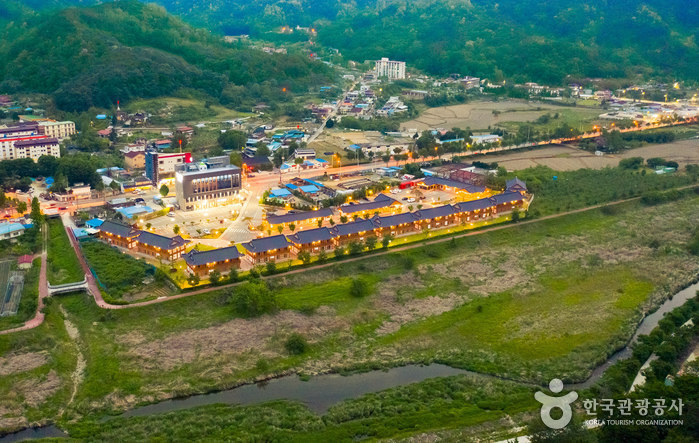
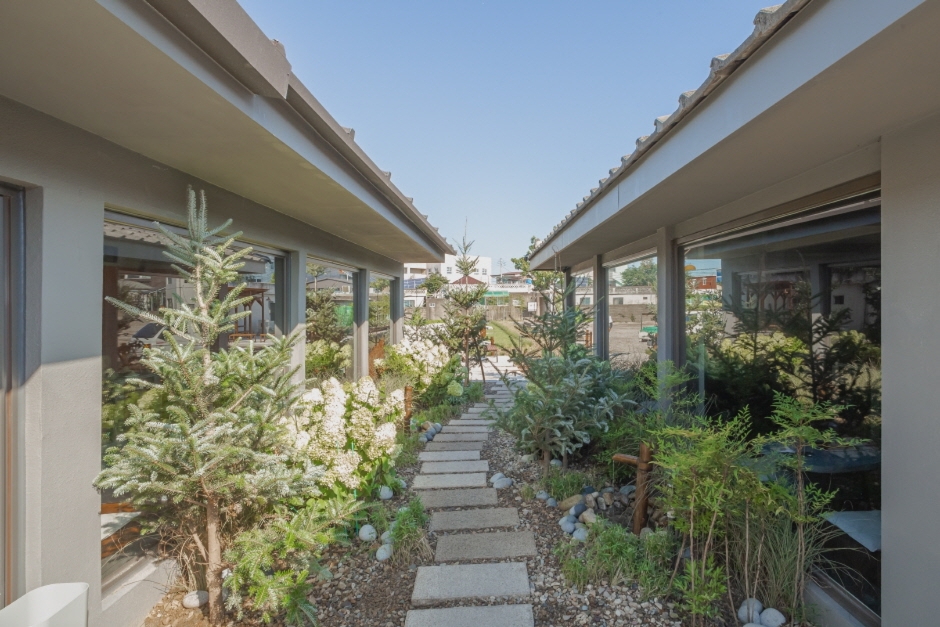
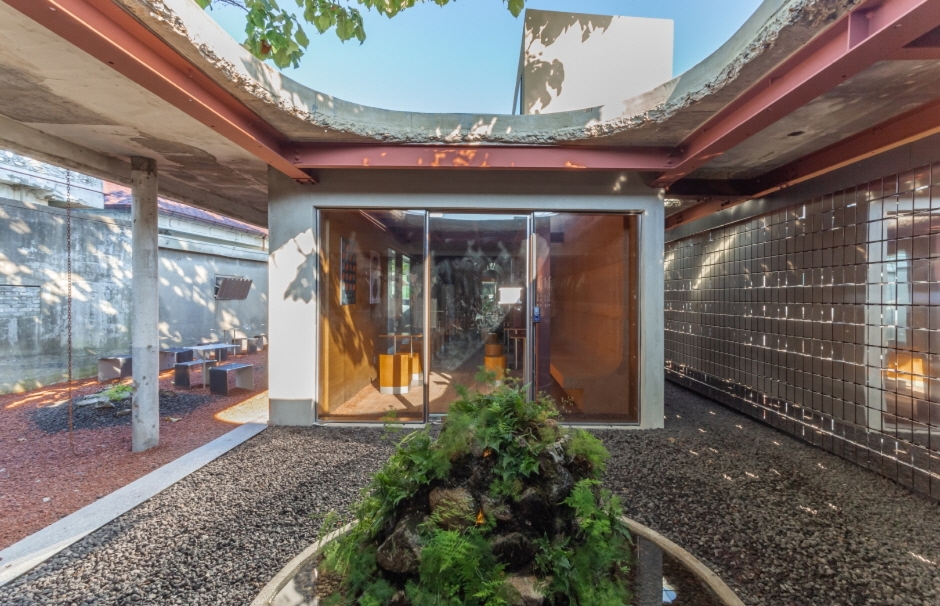
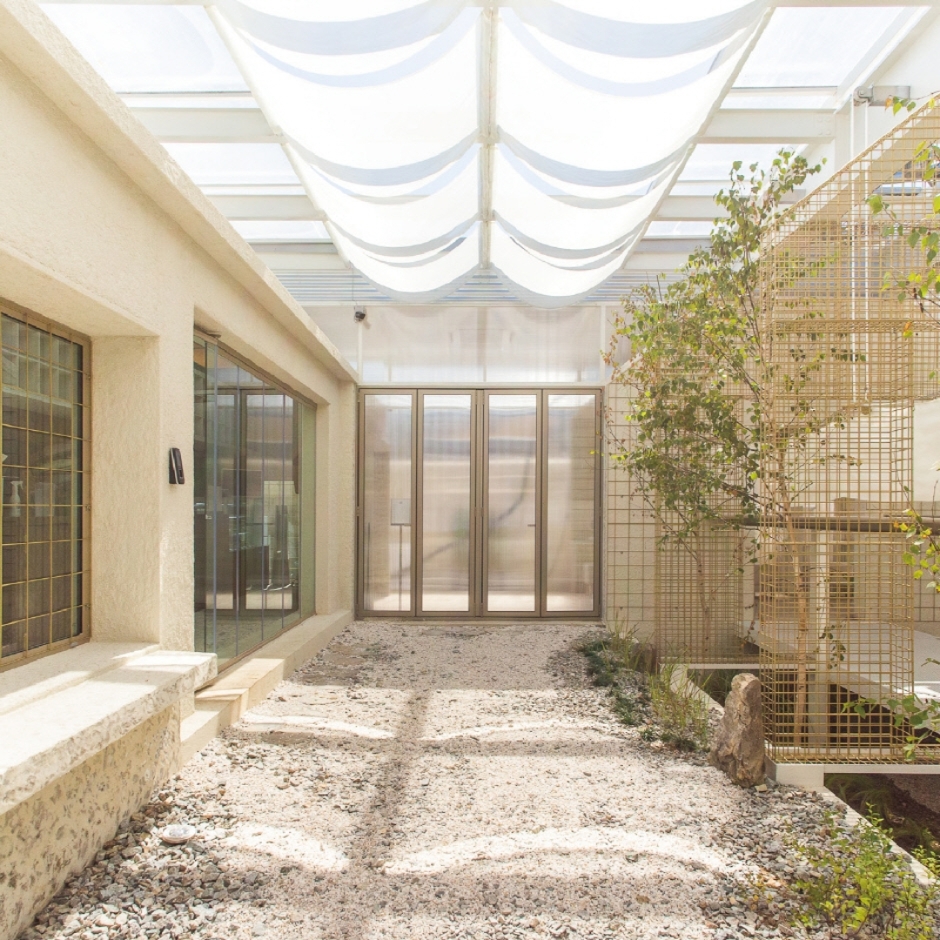
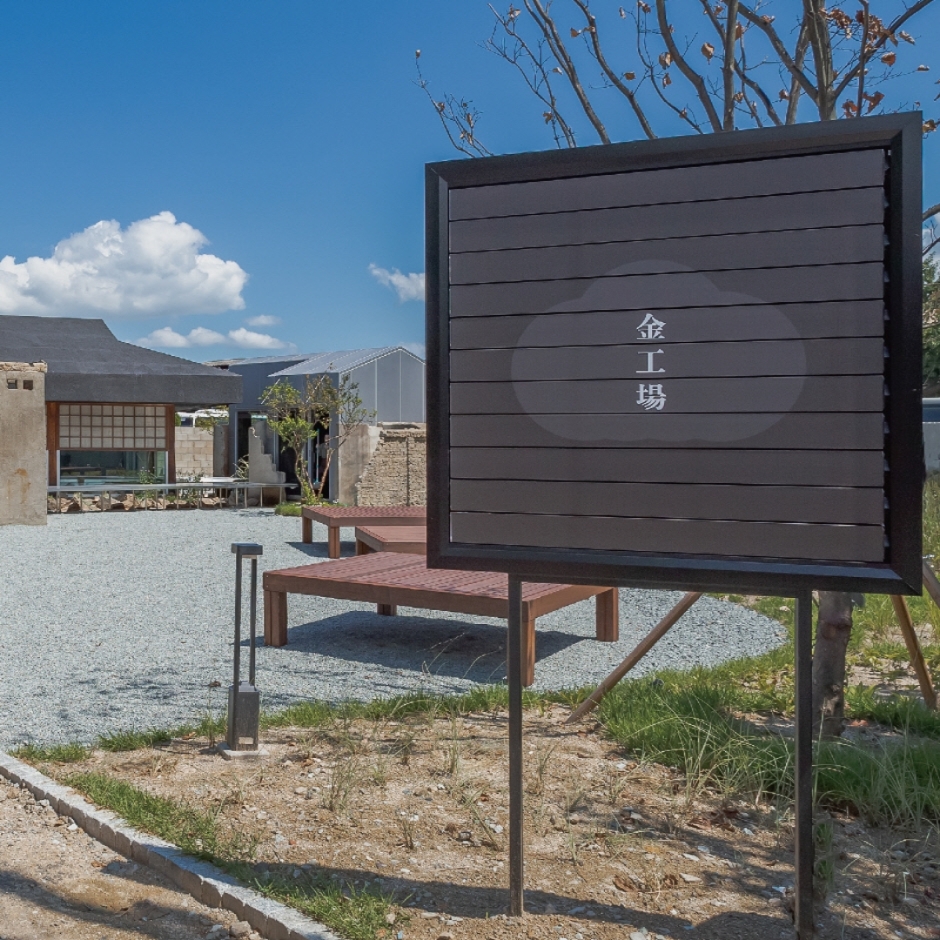
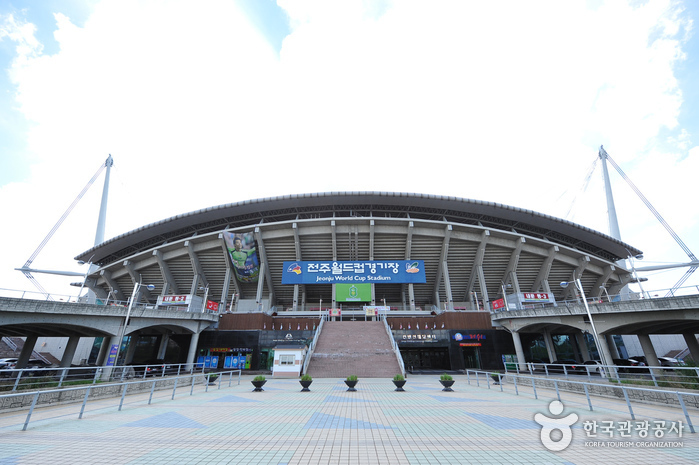


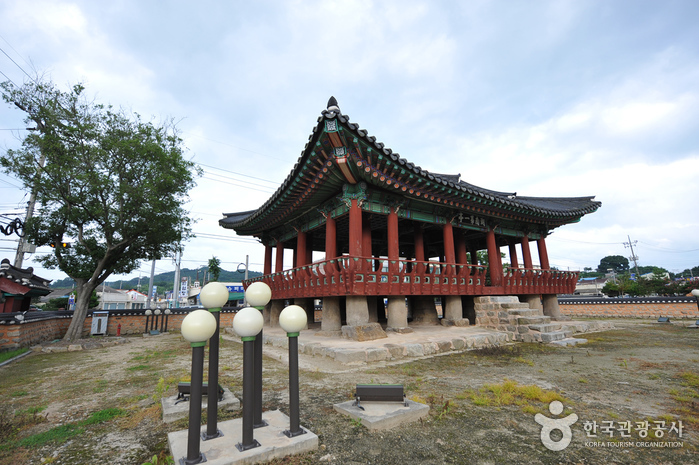
 Français
Français
 한국어
한국어 English
English 日本語
日本語 中文(简体)
中文(简体) Deutsch
Deutsch Español
Español Русский
Русский